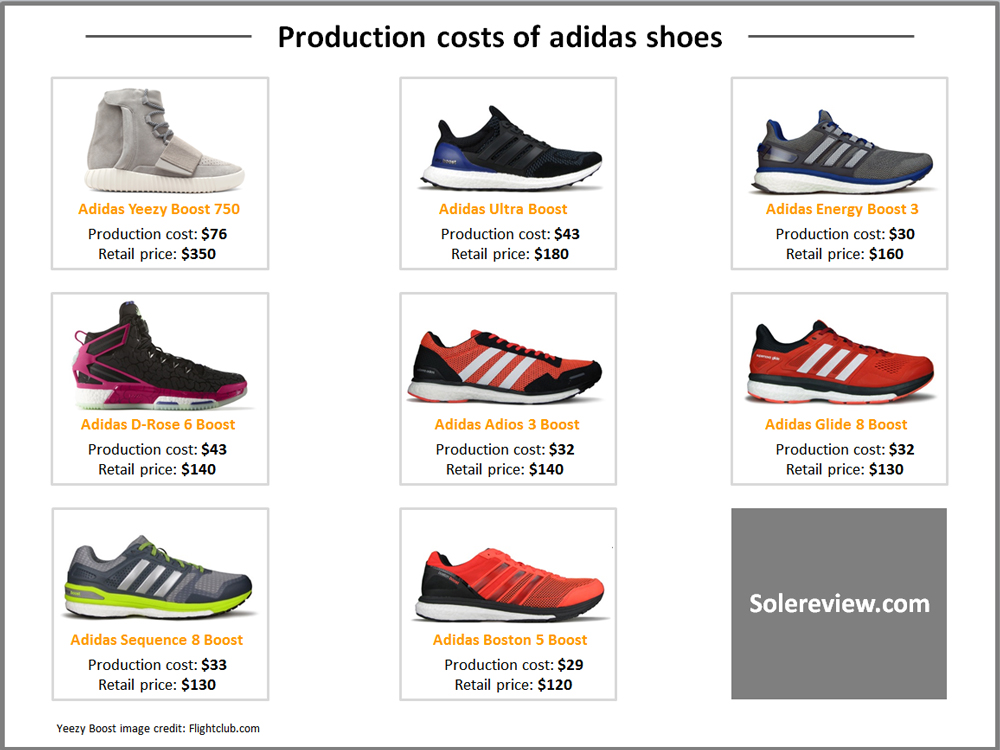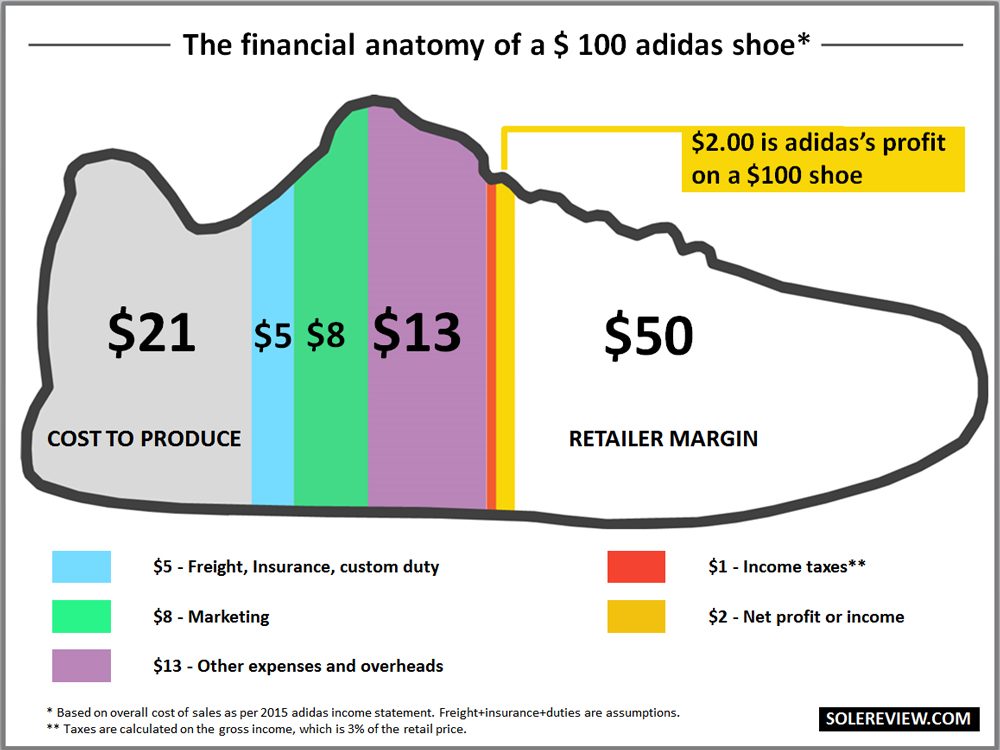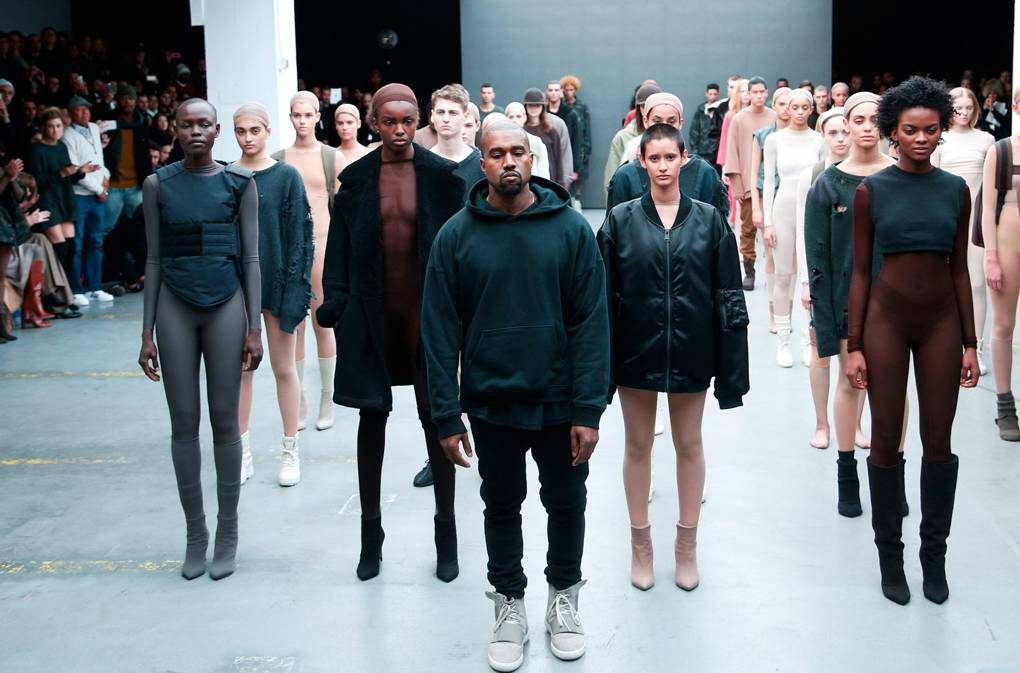Adidas, Puma – Pricing the Animal and the Three Stripes
Profit =
total revenues – total costs
What every
organization wants is to push the total costs to a minimum and increase the
total revenues as much as possible.
However when
it comes to pricing it is important to understand that “price is the value
placed on what is exchanged” (Dibb et al., 2005, p623). This does not mean that
the total costs is the actual value of a product, but that the products value
increases with different factors like promotion, brand image and quality. Furthermore
the price can be influenced by the price of the market and a company´s competitors
(Dibb et al., 2005).
Adidas
As one of
the leading organizations in the sport equipment industry and its reputation
for quality and design, Adidas and its retailers can blow up the pricing
bubbles to a limit where it is only influenced by competitive pricing and the
customers perceived value for their money. However the production of most of
Adidas products take place in third world countries with cheap labour and low
overall costs.
For example
the Adidas Yeezy Boost 750´s production cost is about $76 but have a retail
price of $350.

However if
we take a regular $100 Adidas shoe, it is astonishing how much net profit to
company actual makes. Considering costs of production, marketing, taxes and
other expenses, Adidas only makes $2 pound of net profit. However the retailer
is getting the biggest cut with $50 which makes 50% of what the end-user has to
pay.
Another
important Aspect when it comes to pricing is that Adidas uses price skimming,
which is a strategy that first sets a high price for a product and lowers the
price over time. This mainly applies to new products in the market and charges
the highest price that customers would pay for the desired product. “Price
skimming can be beneficial, especially when a product is in the introductory stage
of its life cycle. A skimming approach can generate much needed initial cash
flows to help off-set sizeable developmental costs.” (Dipp et al., 2005, p660).
Puma
Just as
Adidas, Puma is producing its products in countries with cheaper labour and
lower overall costs. Furthermore new products and clothing lines will also have
a price when being introduced to the market as Puma is using price skimming as
well.
However what
influences Puma more than its brother is competitive pricing. Compared to
its competitors Nike and Adidas, Puma sets its prices in a more affordable
level which does not mean that it is cheap in the world of sport equipment.
Puma is still viewed as a premium product that can compete with its elite
competitors and therefore uses premium pricing. However Puma believes that you
get the same quality products as Adidas and Nike but also wants to attract
customers with its good pricing.
| Rihanna Sneaker Boots |
Just as comparison
to Adidas Kanye West Yeezy Boost 750´s which cost $350, the Rihanna Sneaker Boots,
which even look similar, have a price of $250.
However when
it comes to Puma´s net profit from selling one pair of shoes, it should not
differ that much compared to its competitors Nike and Adidas.






